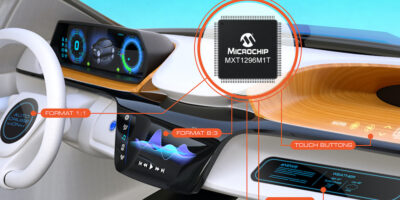Alpha and Omega Semiconductor has announced the 600V low ohmic and fast body diode αMOS5 super junction MOSFET series. αMOS5 is AOS’s latest generation of high-voltage MOSFET, designed to meet the high-efficiency and high-density needs for quick charger, adapter, PC power, server, industrial power, telecom and hyperscale datacentre applications.
The AOK040A60 is a 600V 40m-Ohm aMOS5 low ohmic device with the industry-standard TO-247 package tailored to address the thermal challenges of high-power AC/DC, DC/DC and Inverter stages.
As the EU ERP Lot9 regulation pushes the efficiency of single power supply units to titanium level, AOS aMOS5 600V low ohmic family offers a solution for single, interleaved, dual boost, totem-pole, and Vienna PFCs, as well as other hard-switching topologies. The 40mOhm product, followed by the upcoming 31mOhm, 65mOhm, and 80mOhm products, aims to provide customers with multiple choices to deal with different power ratings and efficiency requirements. The optimised capacitance of AOK040A60 offers hard and soft switching performances, with fast turn-on/turn-off behaviours while avoiding the risks of self-turn-on or shoot-through.
The AOK042A60FD is a 600V 42mOhm fast body diode device, designed to handle the repetitive hard commutation scenario, where the MOSFETs freewheeling body diode is reversely recovered in half-bridge or full-bridge topologies. The aMOS5 600V FRD solution is expected to further increase the system reliability as a solution for HB/FB topologies where hard switching happens during abnormal operations, such as short-circuit or start-up transients. The low Qrr of AOK042A60FD is expected to help to significantly reduce the losses during reverse recovery.
Besides server and telecom power supplies, the AOK040A60, AOK042A60FD and their derivatives will also target the demanding EV DC charging and solar inverter applications.
The 600V aMOS5 family will be expanded, including more low-ohmic and FRD products arriving early next year. As with most of the aMOS5 products, these new devices will also be made in 300mm facilities, with the intention of providing better supply elasticity during the global power semiconductor shortages.
Go to http://www.aosmd.com







